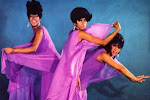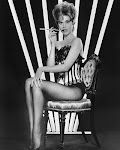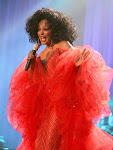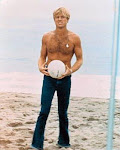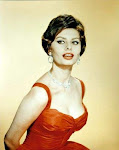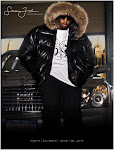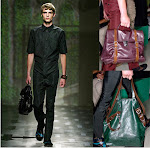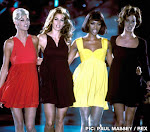
Although he appears a bit reserved in these early films, Grant established a screen persona of debonair charm and an air of humorous intelligence. Widely regarded as one of the handsomest men in film history, Grant was an ingratiating and nonthreatening sex symbol. Adding to his appeal was his unique speaking voice: his not wholly successful efforts to rid himself of his natural Cockney accent resulted in a clipped, much-imitated speaking pattern. His screen success was helped in no small measure by the great number of classic films in which he appeared. Upon the expiration of his Paramount contract in 1935, Grant became one of the few top stars to freelance his services, allowing him control over his career and the freedom to choose his scripts carefully.
During the late 1930s and early '40s, Grant established himself in the genres of screwball comedy and action-adventure. Katharine Hepburn and Irene Dunne were his frequent and highly effective costars. With Hepburn, he appeared in the drag comedy Sylvia Scarlett (1935), the classic screwball comedies Holiday (1938) and Bringing Up Baby (1938), and the upper-class satire The Philadelphia Story (1940)

With Irene Dunne, Grant made the madcap farces The Awful Truth (1937) and My Favorite Wife (1940), as well as the comic tearjerker Penny Serenade (1941). Grant also proved himself capable of rugged action roles, with well-regarded performances in the popular Only Angels Have Wings and Gunga Din (both 1939).

Other Grant classics from this period include his turns as a whimsical poltergeist in Topper (1937) and as the charmingly conniving newspaper editor Walter Burns in His Girl Friday (1940), which is regarded as one of the greatest comedies in movie history. Howard Hawks, George Cukor, Leo McCarey, George Stevens, Garson Kanin, and Frank Capra were some of the renowned directors for whom Grant worked during this time.

Grant's association with Alfred Hitchcock resulted in some of the best work from both men. The director elicited some of the actor's best performances by casting him somewhat against type: the characters Grant portrays in the Hitchcock films have an underlying dark side that was compellingly juxtaposed with his characteristic suave demeanour.

In their first collaboration, Suspicion (1941), Grant played an unsympathetic character who may or may not be a murderer. He gave a fascinating and appropriately disturbing performance as a callous American agent who uses the woman he loves (Ingrid Bergman) to his own advantage in Notorious (1946), one of Hitchcock's most-renowned films. In the next decade, Grant appeared in Hitchcock's lighthearted and stylish caper To Catch a Thief (1955), a film noted for its ad-libbed scenes, rife with double-entendres, between Grant and costar Grace Kelly. North by Northwest (1959) was a career milestone for both Grant and Hitchcock and is regarded as a masterful blend of suspense and humour.


Grant's screen career extended into the 1960s, when he appeared in such films as the romantic farce That Touch of Mink (1962) with Doris Day and the stylish caper Charade (1963) with Audrey Hepburn.

Walk Don't Run (1966) inadvertently became his final film, as he was enmeshed in divorce (from fourth wife Dyan Cannon) and child-custody proceedings that dragged on until 1969 and consumed his attention; it is said that he lost much of his interest in filmmaking during that period. One of the few stars for whom the term “screen icon” is not mere hyperbole, Grant in 1999 ranked second (next to Humphrey Bogart) on the American Film Institute's list of the 100 greatest film stars of all time.








